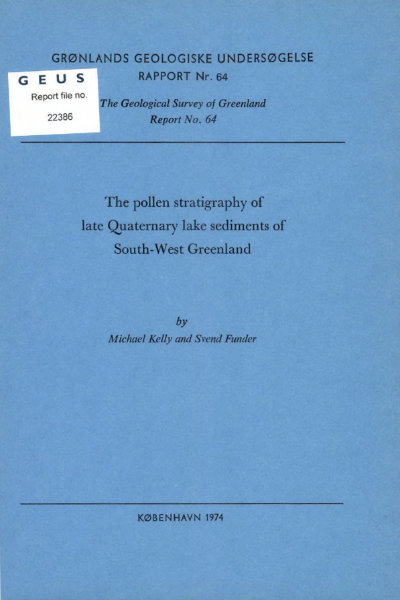The pollen stratigraphy of late Quaternary lake sediments of South-West Greenland
DOI:
https://doi.org/10.34194/rapggu.v64.7374Abstract
Pollen analysis and radiocarbon dating of lake sediment cores from four localities in the Frederikshåb district, South-West Greenland, provide a chronology of vegetation changes in the area since c. 10000 B.P. An initial pioneer phase with the early development of some heath communities is followed by amid postglacial phase in which there is the successive appearance of woody scrub species. A final phase shows the decline of some of these. This is interpreted as a general response to a broad amplitude fluctuation in climate, with its optimal period lying between c. 7600 and 3200 B.P. The detailed composition of the vegetation however is influenced by immigration phenomena, with the appearance of many species lagging behind the attainment of their climatic thresholds. Detailed consideration is given to the possibility of Alnus crispa being present as a scrub component during the climatic optimum.
Downloads
Published
Issue
Section
License
This article is distributed under a CC-BY 4.0 licence, permitting free redistribution and reproduction for any purpose, even commercial, provided proper citation of the original work. Author(s) retain copyright over the article contents.


